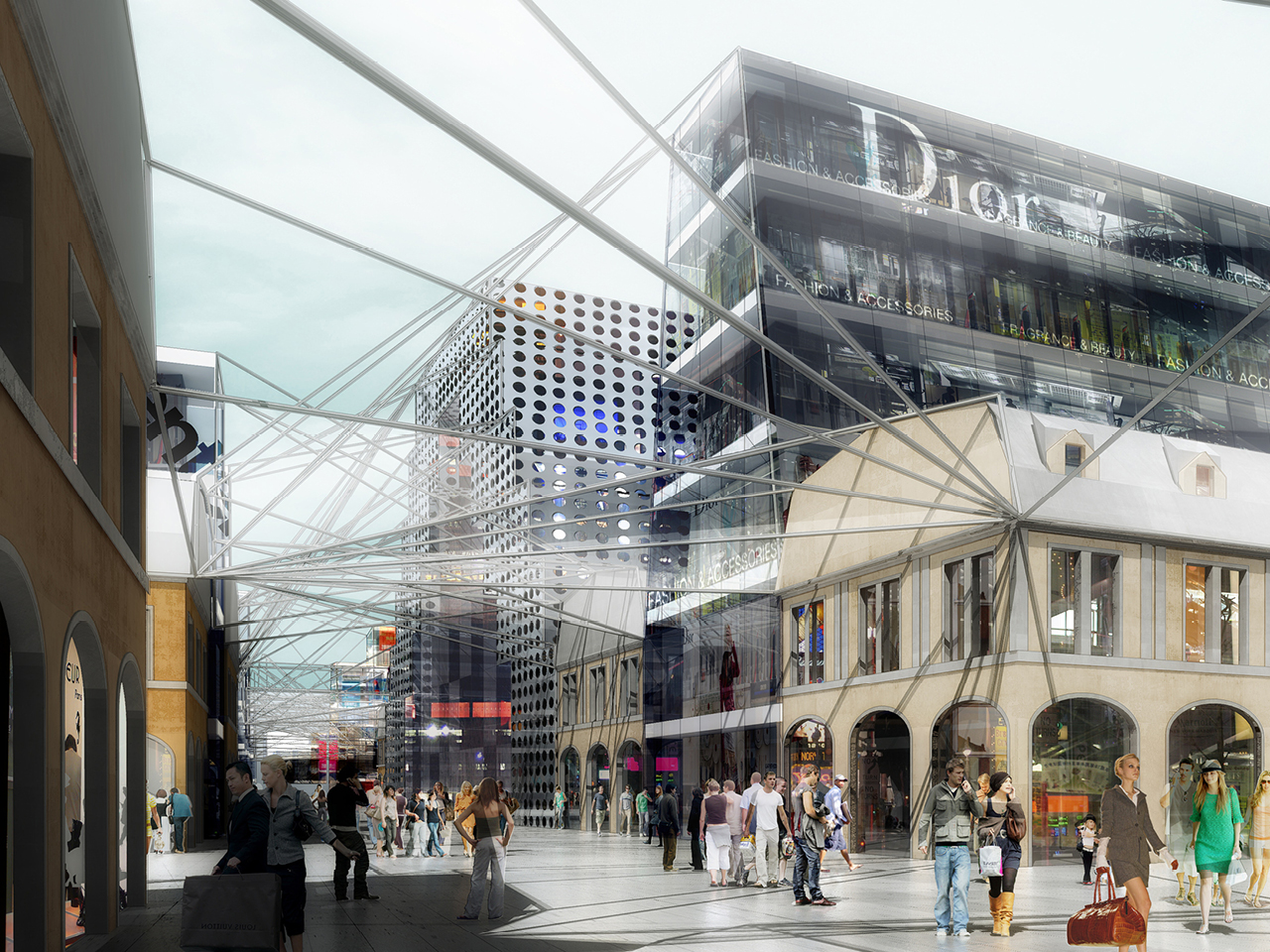
Apraksin Dvor
Following the start of the war in Ukraine in February 2022, MVRDV suspended all involvement in projects in Russia - read our statement here. The projects in Russia shown on our website are past designs in which we are no longer involved.
The Apraksin Dvor area, located in St. Petersburg's historic core, has a distinct character and market-like atmosphere which is a remarkable contrast to the more formal exterior streets. The task was to investigate how to increase the density, doubling the existing area, within the zoning restrictions of the historical inner-city. A whole catalogue of new combinations between old and new buildings can be imagined, leaving lots of possibilities for future flexibility and specificity.
- Location
- St. Petersburg, Russia
- Status
- Competition
- Year
- 2007–2007
- Surface
- 110000 m²
- Client
- Glavstroy-SPb
- Programmes
- Educational, Mixed use, Retail
- Themes
- Architecture, Public, Mixed use
The Apraksin Dvor area has a distinct character within the historical core of St. Petersburg. Given its very central location between Sadovaya Ulitsa and Fontanka River it forms a unique historic place within the dense inner city. For more than a century it has been used as a commercial trading area.
The present atmosphere can be described as informal and market-like. The contrast with the more formal exterior street is remarkable and surprising. Many urban blocks around this part of the city are specific or unique, for example the Gostiny Dvor shopping complex, the Pushkin Theater, the Vorantsov Palace and especially the former Assignment bank building opposite the Apranski Dvor. These blocks are connected by monumental streets like Sadovoaya Ulitsa and Nevski Prospekt that stretch from the heart of the city and are the most lively shopping streets.
The question posed by MVRDV was how to increase the density of the Apraksin Dvor within the zoning restrictions of the historical inner-city. Is it possible to double the amount of existing floor space while keeping most of the existing buildings? Is it then still possible to keep the unique character of the area?
Another important aspect for the design is a certain amount of flexibility concerning the programming of the building. It should be possible to adjust the mix ofshopping, offices, housing and cultural spaces over time and during the development of the project.
The typical urban pattern of Apraksin Dvor is a market-like character of grids. The buildings are relatively low and the streets relatively narrow compared to the rest of the city. As most houses should be preserved, it leaves only a series of small open spaces to create new buildings, considering that construction above or below the existing structures would be problematic for different engineering reasons. By dividing the requested new space into smaller pieces that are positioned in-between the existing buildings, new volumes are created.
The new inserts would connect the old buildings, merging them into new combined volumes that still have the spirit of Apraksin Dvor. With this design strategy all the historic buildings can be kept. The urban pattern is modified into bigger blocks, but the most important streets on the plot and the area’s distinct character are kept.
The new inserts could be varied in height, character and expression. A whole catalogue of new combinations between old and new buildings can be imagined, leaving lots of possibilities for future flexibility and specificity.
As the functional character of the area can vary between shopping, culture, office and housing, different zoning options can be imagined. The most logical and flexible zoning principle is applied in the finalized version of the design, dividing the area into 2 parts. A shopping zone towards the Sadovaya street and a mixed working/living area in the other half of the site will be created. A special location for the hotel is imagined on the quay of the Fontanka River.
The program is divided over the old and the new buildings. The possible combinations of old and new give a whole range of possibilities for incorporating different units sizes. Small shops, bars, studios, or larger anchor stores, corporate offices, lobbies, apartments and penthouses can be imagined. In some cases the bigger units will stretch over old and new buildings, using former existing exterior facades as interior divisions.
Gallery
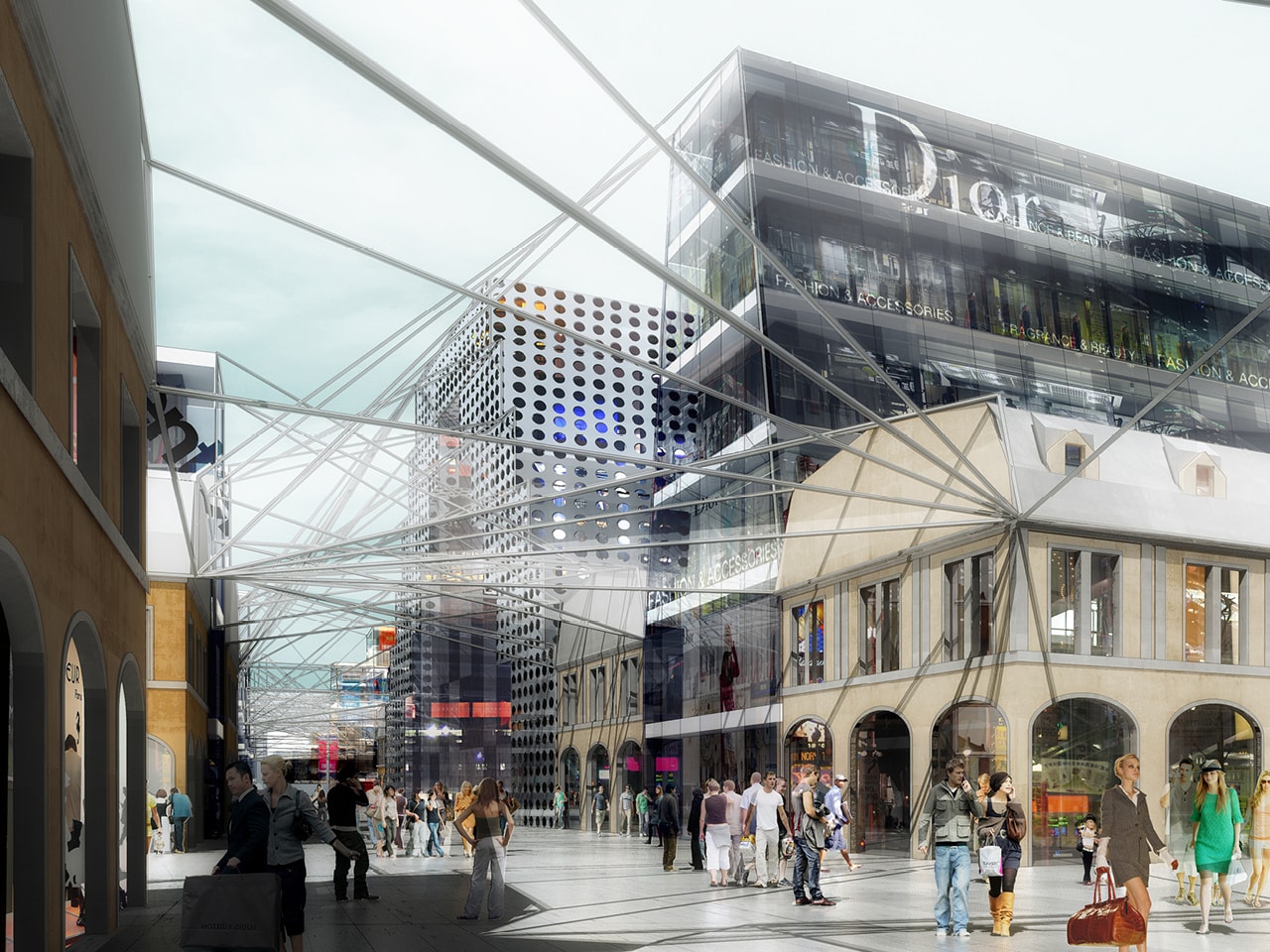
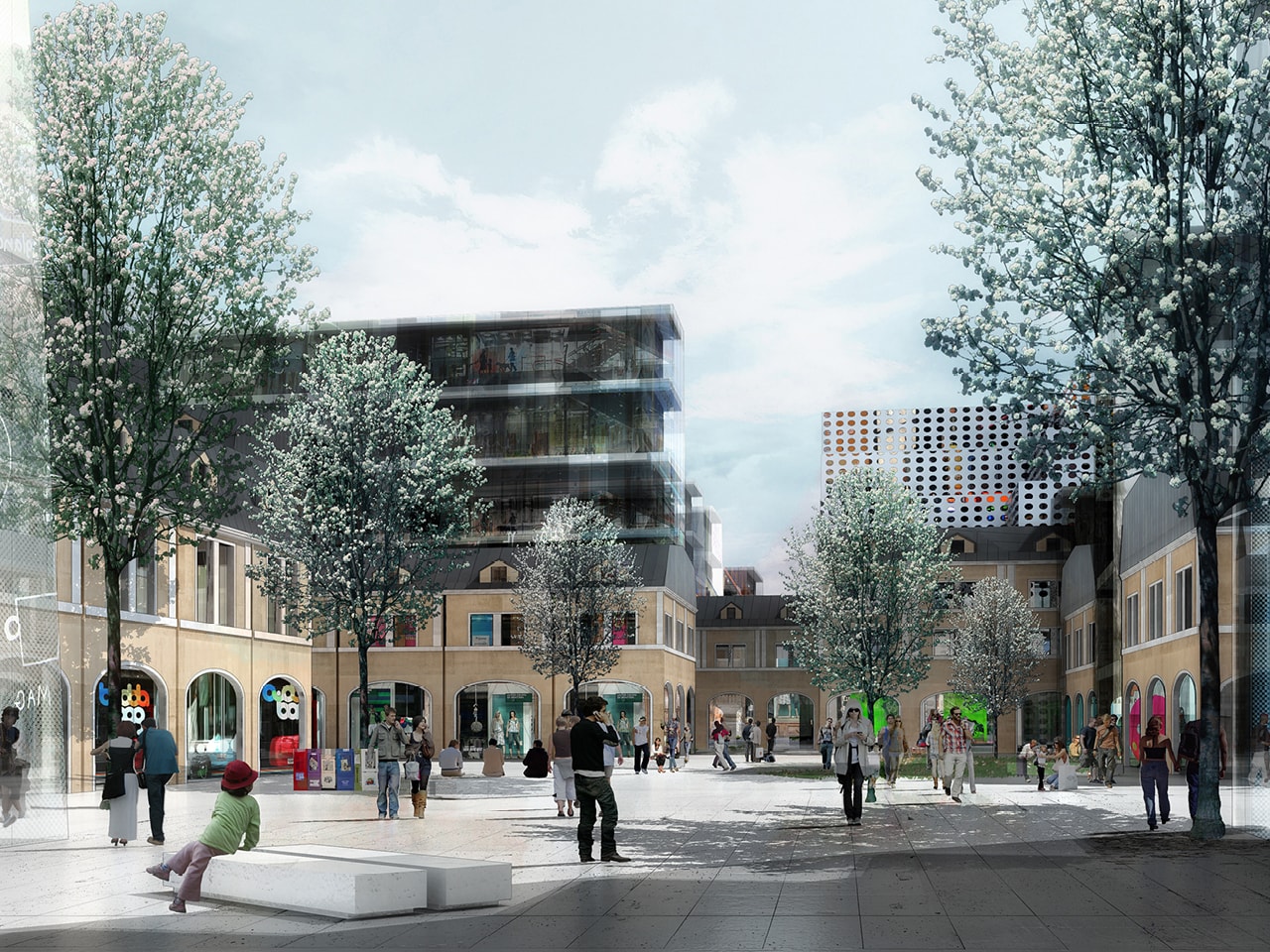
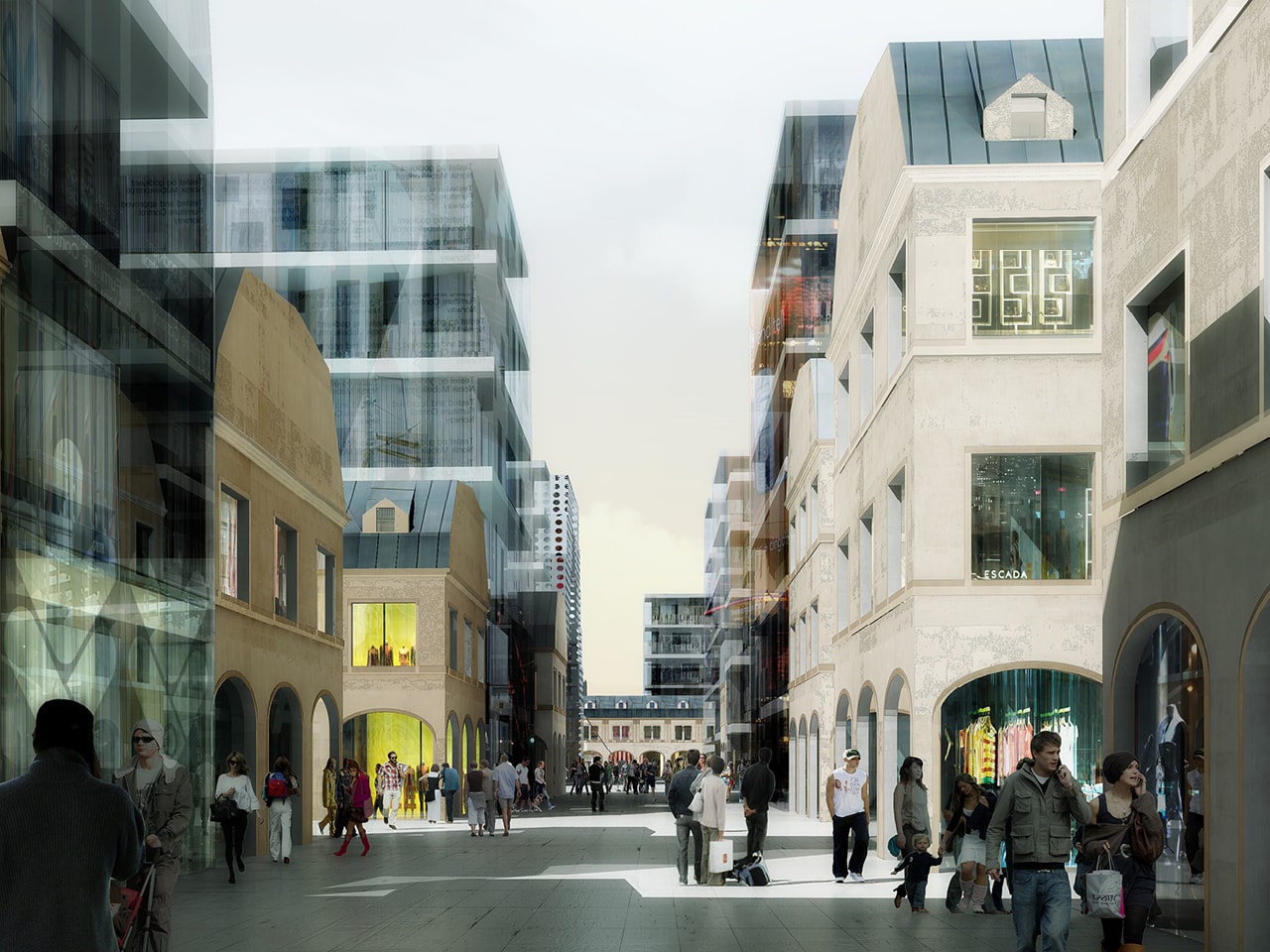
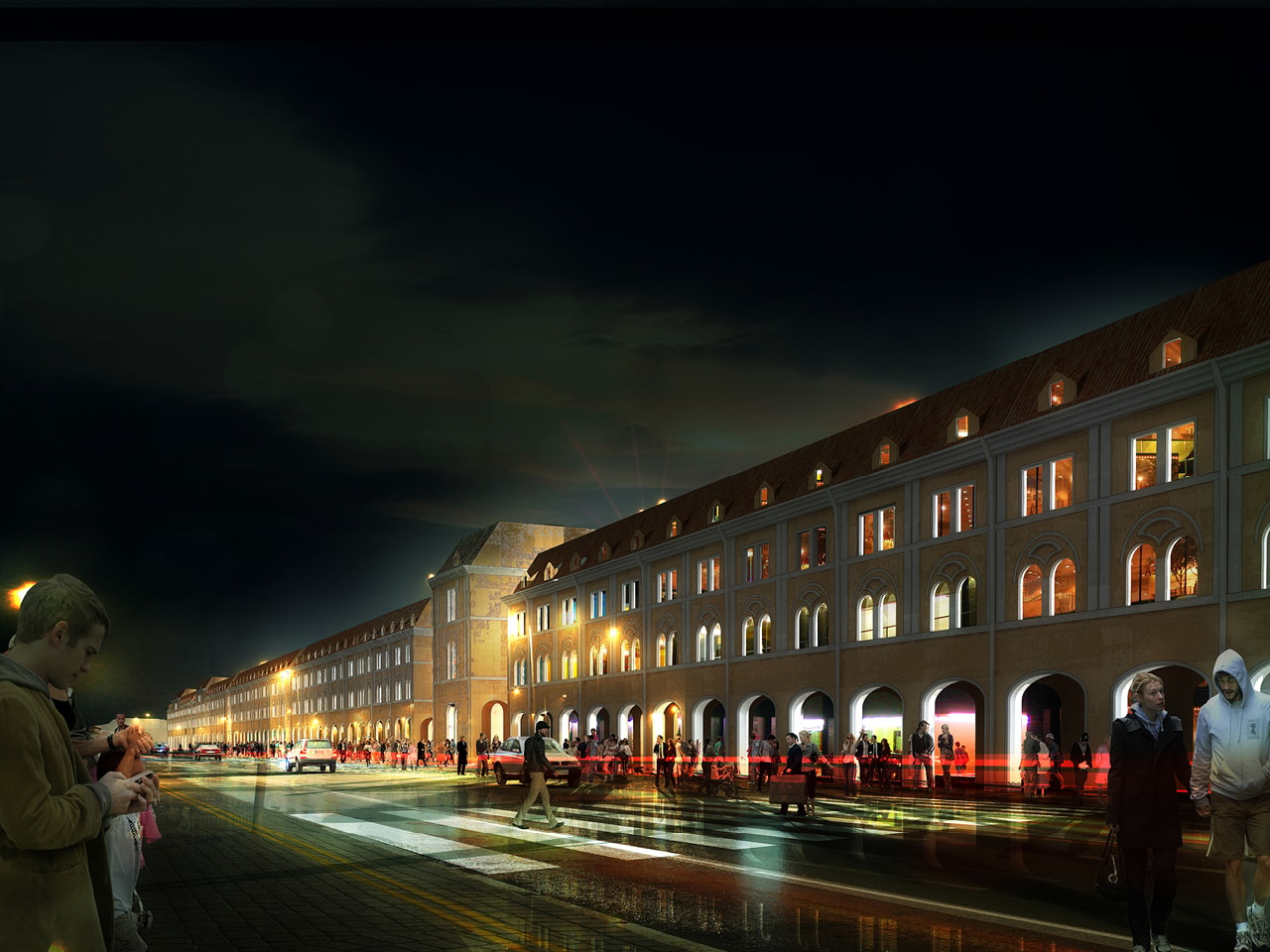
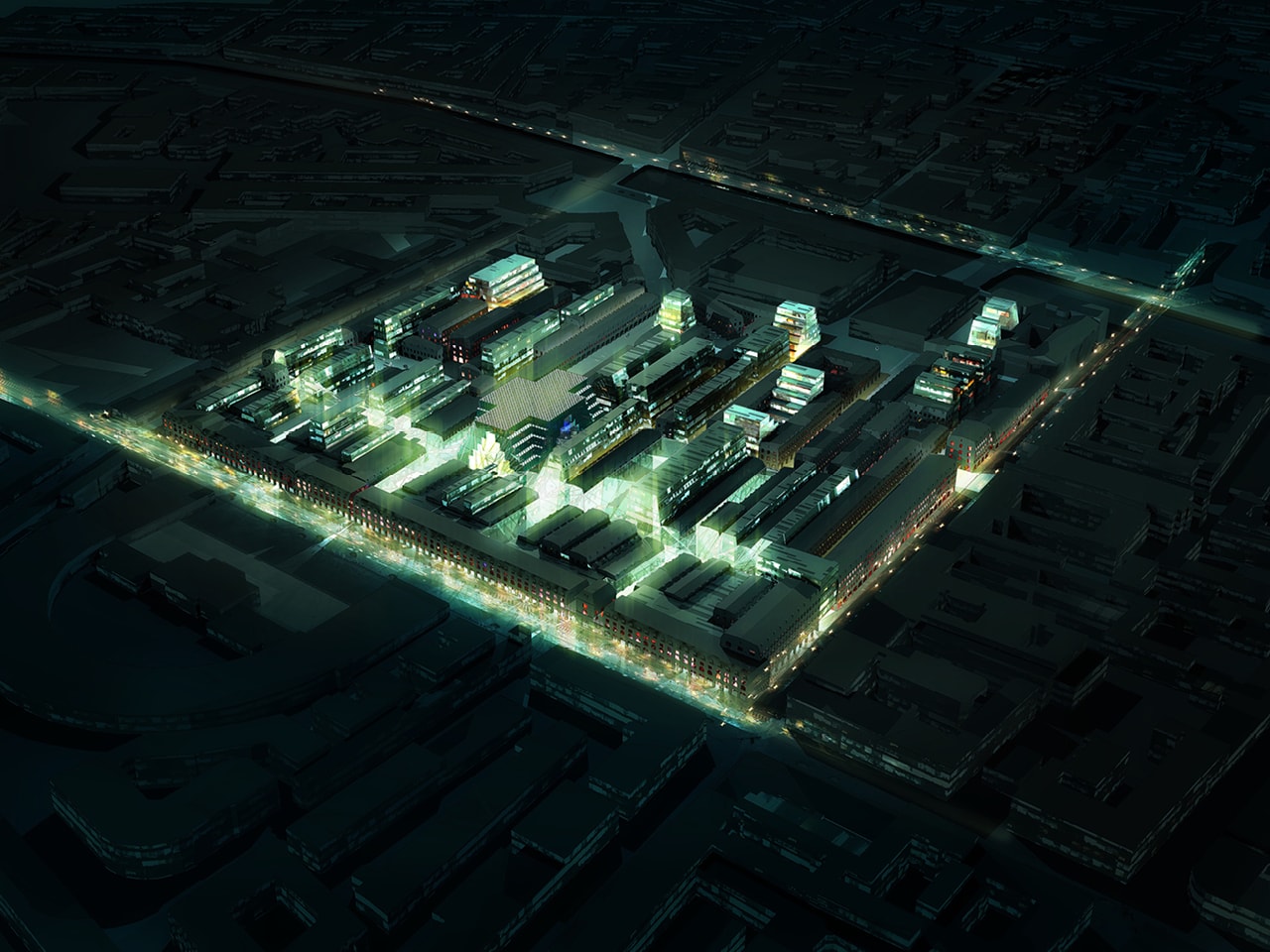
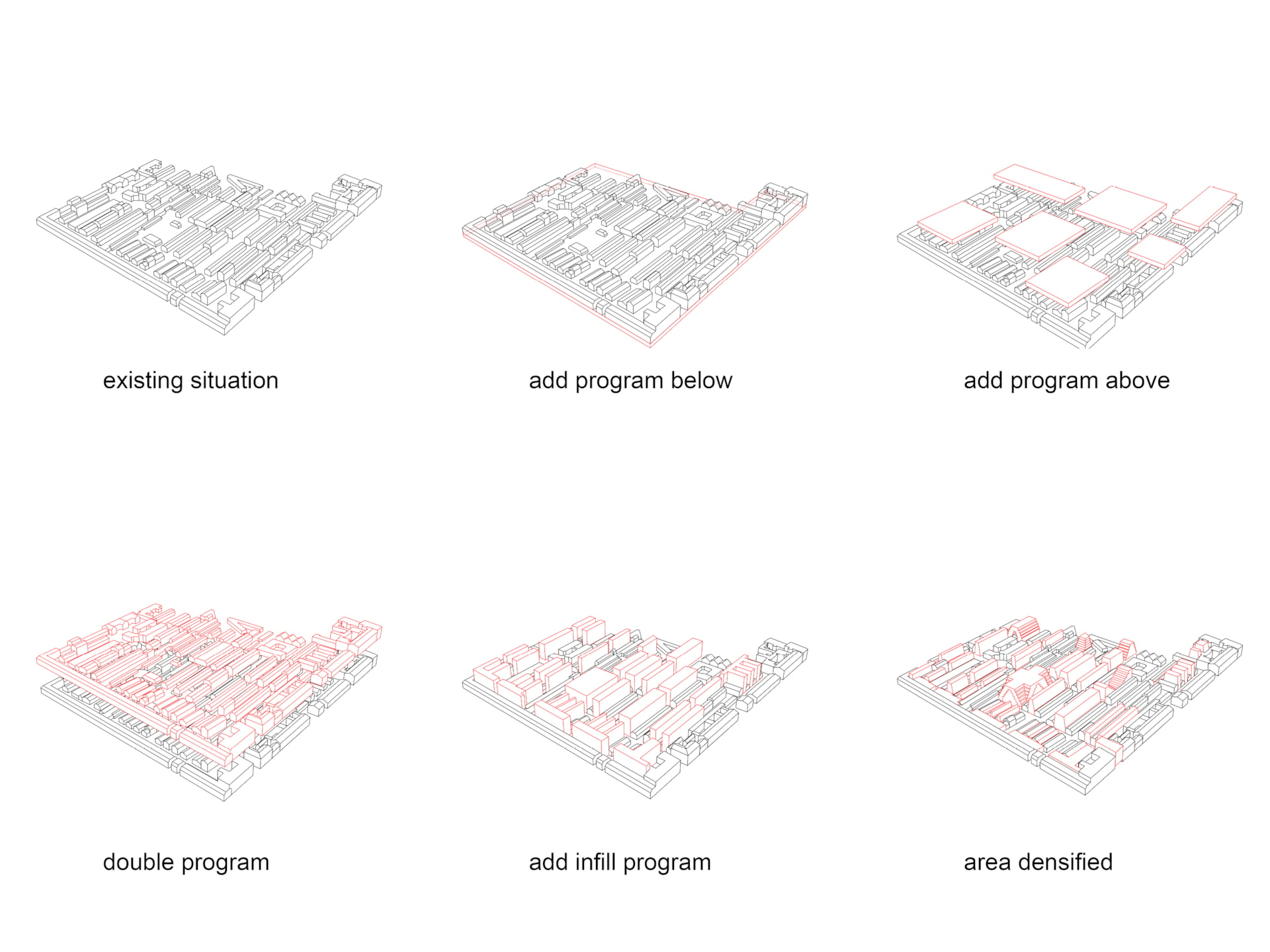

Credits
- Architect
- Principal in charge
- Partners
.jpg?width=900&quality=75)